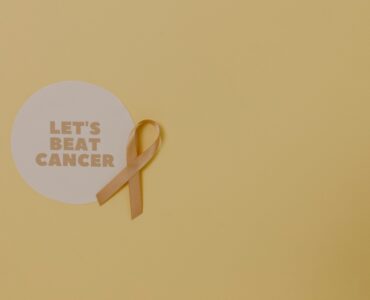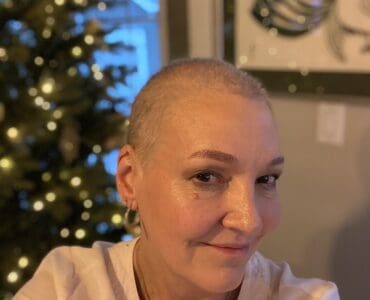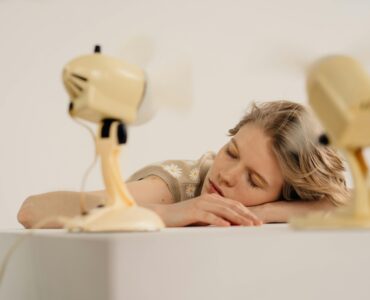Many of us carry this erroneous assumption that a woman’s wholeness is somehow attached to her physical attributes, especially her breasts. But when you walk through the overwhelming ordeal of breast cancer like I did, your perspective changes – shifts – you begin to see yourself and others through the eyes of survival and strength, rather than mere physicality. You also learn that the choice of flat is an option and can make you happy.
As a breast cancer survivor, when I came to the fork in the road, leading to either reconstructive surgery or choosing to live flat, I took the latter path, and let me explain to you why. This is a deeply personal decision, and I feel it’s important to first set aside societal expectations and preconceived notions – it’s crucial to remember this isn’t about what “should” be, but about what “is”. For me, “is” meant staying flat.
From the onset of this journey, I had an innate feeling that a single mastectomy wasn’t the best choice for me. I guess my body found its voice during this ordeal, guiding me away from complex reconstruction surgeries. I wanted to opt for aesthetic flat closure – a surgical process that aims to create a smooth and flat scar once the breast tissue has been removed. This wasn’t a decision taken lightly or in isolation; I spoke with other women, part of “flatties” community, who had traversed this path. And I found it reassuring to discover that none of them regretted their decision.
Why did I choose this? It wasn’t as much about avoiding additional surgeries or the risk of complications that can arise with implants or other reconstruction methods. Rather, it was about creating a self-definition that wasn’t reliant on societal dictations of what a woman should look like. I wanted to restore my sense of self – unadulterated, undiminished. Post-mastectomy, I didn’t want to chase an imitation of a past reality. I wanted to embrace the present – my scars, my flat chest were a testament to my survival, my strength.
There’s a clear assumption that all women after mastectomy want to be restored to the notion of being “whole” through reconstruction or prosthetics. But what makes a woman whole isn’t subject to such criteria. What I discovered through my journey was that wholeness was inner peace, acceptance, and resilience – not B’s, C’s, or D’s.
So, why might a woman choose to remain flat? Every reason is as unique as the woman who is choosing this path. But I hope my explanation can add light on the subject – it isn’t to rebel against norms or to make a statement. It is simply to live authentically. I certainly wish that the medical community could step up to respect this choice, to offer relevant advice, and support us in our decision to remain flat.
And remember, the decision to stay flat, use prosthetics, or undergo reconstructive surgery after mastectomy is a personal one, varying for every woman. But the underlying constant remains – we are survivors, in every sense of the word, sculpting definitions of beauty and resilience with our own hands.



